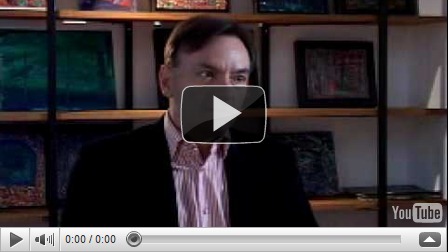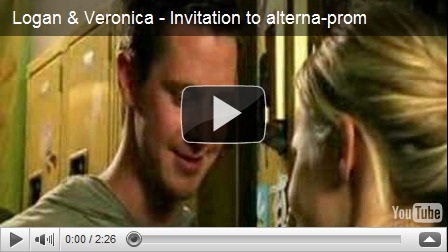I haven’t felt much like reading lately, too busy reading for my job to want to read in my free time. So I’ve been using streaming Netflix at night before I go to bed and catching up on television series that I missed the first time around.
First I watched Veronica Mars, all three seasons. I wrote about it here. I just finished watching Stargate Atlantis, all five seasons.
I’ve written before about how much I enjoyed Stargate SG-1 and how I was disappointed by Stargate Universe. So I wasn’t sure what to expect from Stargate Atlantis.
I liked it. I’m not sure I liked it better than SG-1 but I liked it. I think, in many ways it was better made than SG-1 (at least better made than the early years of SG-1), with higher production values. It had a lot of the same kind of humor. And there was real synergy among the cast.
Most of the cast I was not familiar with, at least in the first three seasons. The exception was David Hewlett who reprised his Rodney McKay character from SG-1, but tempered to make him more bearable. In season 4 they brought in Amanda Tapping’s character, Samantha Carter, to be the commander of the base. I love the character of Sam Carter but really felt that the writers didn’t know what to do with her. I was sorry she was gone in Season 5 and was not sure that replacing her with Roberto Picardo’s long running character, Mr. Woolsey, would work. I shouldn’t have doubted him. Picardo had been playing Woolsey on SG-1 for many guest appearances and, once made a regular character, did a great job showing the growth of his character (some of you will remember Roberto Picardo as the holographic doctor on StarTrek the Next Generation).
You may recall that one of the problems I had with Stargate Universe was that the writers did not create a unique “Big Bad” for the new galaxy. Stargate Atlantis didn’t have that problem, they created a big bad right from the beginning and they were very Big and very Bad. The Wraith were scary. They looked scary and the concept behind them (that they fed on human lives) was scary. Not scary like the Reavers on Firefly, who literally raped and ate their victims. The Wraith were less monstrous and more alien. And one of them, Todd the Wraith, was a sometimes ally. (Todd, you ask? Well, they had to call him something.)
Another difference between Atlantis and Universe was that the writers didn’t hesitate to kill off characters. Well, they killed them off in the way that Stargate characters get killed off – they come back as clones or memories or whatever. But they do get killed off. Stargate Universe needed to kill off some characters.
Like SG-1 and unlike Universe, Atlantis was filled with strong women characters. The leader, Elizabeth Weir, is a scientist and no pushover. Teyla Emmagan, a member of the team of explorers, is an alien woman who is the leader of her people. The Wraith have queens who are VERY scary. In Season 4, Jewel Staite joins the cast as a doctor and while she is not a military person, she is a smart and capable doctor. There are, in fact, more strong women characters than there ever were on SG-1. Universe, of course, had women characters who bored me.
The other cast members were very good. I’d never seen Joe Flanagan in anything before but his portrayal of the main character, major (then colonel) John Shepherd, was very winning.
In general, I think five years is long enough for a series to run. I thought SG-1 got a little tired by the last few seasons. On the other hand, I have no idea why they shut down Atlantis and replaced it with Stargate Universe. Atlantis was a much better show.
So now … what next. I’m thinking … Doctor Who?





